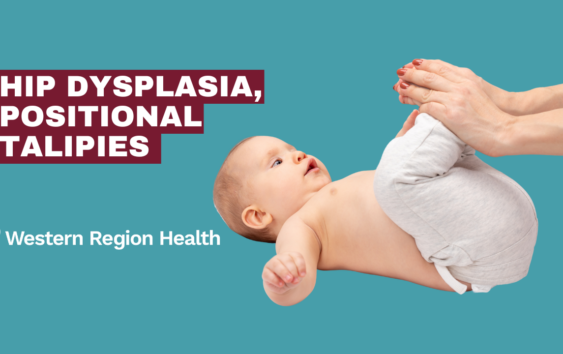General | July 11, 2023
Master Heel Pain: Unveiling 5 Expert Tips For Active Mums
Dr Gretta Dias-OSTEOPATH-Bachelor of Health Science and Applied Science
As an active mum in Melton and Bacchus Marsh, you’re no stranger to the demands of juggling motherhood and daily activities. However, this fast-paced lifestyle can often result in nagging heel pain, hindering your ability to fully enjoy your active lifestyle. As an empathetic osteopath serving the communities of Melton and Bacchus Marsh, I’m here to share five effective tips to help you manage and alleviate heel pain. By implementing these five strategies, you can regain comfort and mobility, allowing you to fully embrace your role as an active mum in these areas.
- Prioritize Supportive Footwear:
Supportive footwear is essential for active mums. Opt for shoes that offer excellent arch support, ample cushioning, and a proper fit. By choosing footwear that properly supports your feet, you can minimize strain on your heels and reduce the occurrence of heel pain.
- Incorporate Stretching and Strengthening Exercises:
Regular stretching and strengthening exercises are key to maintaining healthy feet and reducing heel pain. Take a few minutes each day to perform simple foot and calf stretches that enhance flexibility and relieve muscle tension. Additionally, incorporate exercises that target the muscles of your feet and lower legs, such as heel raises and toe curls. These exercises will improve overall foot strength and stability, allowing you to stay active and pain-free.
- Modify Activities and Practice Self-Care:
Listening to your body and making adjustments to your activities is vital for active mums dealing with heel pain. If you experience discomfort, consider modifying high-impact exercises or activities that place excessive strain on your feet. Explore low-impact alternatives like swimming or cycling to maintain your fitness levels while reducing the impact on your heels. Additionally, prioritize self-care by taking regular breaks to elevate your feet and applying cold compresses to reduce inflammation and provide relief.
- Utilize Cold and Heat Therapy:
Cold and heat therapy can be highly effective in managing heel pain. When experiencing acute pain or inflammation, apply an ice pack wrapped in a thin cloth to the affected area for 15-20 minutes, several times a day. Cold therapy reduces inflammation and numbs the area, providing temporary relief. For chronic pain or muscle tightness, consider using a warm compress or soaking your feet in warm water for 15-20 minutes to relax the muscles and improve blood circulation.
- Seek Professional Guidance:
If your heel pain persists or worsens despite your efforts, it’s important to seek professional help from an osteopath. Osteopaths specialize in treating heel pain and can provide a personalized treatment plan tailored to your needs. Through manual therapy, joint mobilization, and soft tissue massage, they can alleviate your pain, restore mobility, and improve foot function, enabling you to continue your active lifestyle pain-free.
As an active mum in Melton and Bacchus Marsh, managing heel pain is crucial for maintaining your physical well-being and enjoying your daily activities. By implementing the expert tips shared in this article – prioritizing supportive footwear, incorporating stretching and strengthening exercises, modifying activities and practicing self-care, utilizing cold and heat therapy, and seeking professional guidance when needed, you can effectively manage and alleviate heel pain. If you’re seeking relief from persistent heel pain, consider consulting an osteopath to discuss your condition and explore suitable treatment options. Take the first step towards a pain-free and active lifestyle.
References:
1. Author links open overlay panelJustin Sullivan a c et al. (2019) Role of mechanical factors in the clinical presentation of plantar heel pain: Implications for management, The Foot. Available at: https://www.sciencedirect.com/science/article/pii/S0958259219300835 (Accessed: 06 July 2023).
2. Cleland, J.A. et al. (2009) ‘Manual physical therapy and exercise versus electrophysical agents and exercise in the management of plantar heel pain: A multicenter randomized clinical trial’, Journal of Orthopaedic & Sports Physical Therapy, 39(8), pp. 573–585. doi:10.2519/jospt.2009.3036.
3. Wibowo, D.B. et al. (2017) ‘The effectiveness of raising the heel height of shoes to reduce heel pain in patients with Calcaneal Spurs’, Journal of Physical Therapy Science, 29(12), pp. 2068–2074. doi:10.1589/jpts.29.2068.


